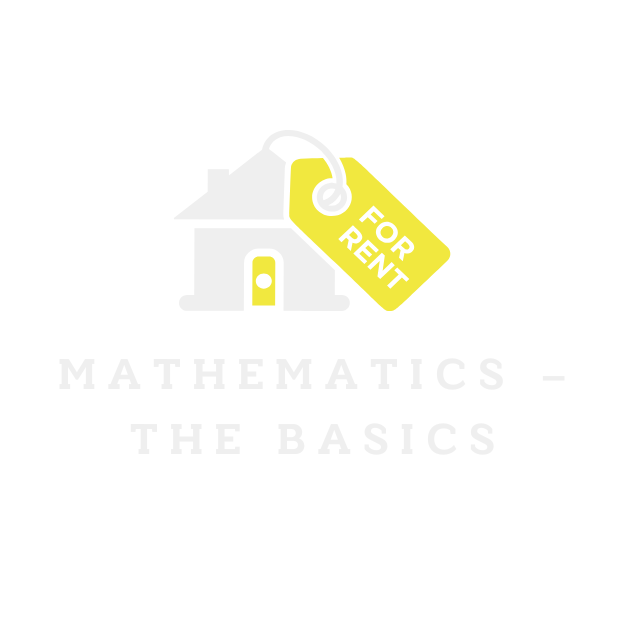As the housing market continues to bounce back, some states are feeling a little too bubbly for comfort. Picture this: a beautiful home, a white picket fence, and a price tag that makes you question your life choices. With prices soaring and supply dwindling, the risk of a housing bubble is lurking like an unwelcome house guest.
Navigating the real estate landscape can feel like walking a tightrope, especially when some states are teetering on the edge of a market crash. Understanding the housing bubble risk by state isn’t just for real estate agents or economists; it’s essential for anyone looking to buy, sell, or invest. So grab your hard hat and prepare for a wild ride through the highs and lows of the housing market, where knowledge is your best tool for avoiding disaster.
Table of Contents
ToggleOverview of Housing Bubble Risk
Housing bubble risk varies significantly by state, influenced by factors like demand, supply, and economic conditions. Rising home prices contribute to this risk, especially when outpacing income growth. Certain states exhibit rapid price increases, leading to concerns about unsustainable market behavior.
Market speculators often exacerbate the situation, purchasing homes with the expectation that prices will continue to climb. Investors should consider demographic trends since population growth in some regions fuels demand, putting pressure on housing availability.
States like California and New York experience pronounced risk due to high demand and limited supply. In contrast, states with slower economic growth may display signs of stability, yet they can still face sudden market shifts.
Interest rates play a crucial role in housing markets nationwide. When rates rise, affordability drops, potentially cooling buyer enthusiasm and impacting home values. Homebuyers in rapidly appreciating markets often find themselves stretched thin financially, increasing default risk if trends reverse.
Monitoring local economic indicators provides vital insights into potential housing bubble risks. Unemployment rates, job growth, and regional development can help assess the market’s health. Investors must remain vigilant, understanding that bubbles can form quickly and burst unexpectedly, leading to severe financial consequences for those unprepared.
Understanding these dynamics equips stakeholders to navigate potential pitfalls in the housing market effectively. By recognizing warning signs, individuals and investors can make informed decisions based on current local conditions.
Factors Influencing Housing Bubble Risk
Understanding the factors influencing housing bubble risk provides insight into market volatility across states. Various elements contribute to this risk, shaping the housing landscape.
Economic Indicators
Economic indicators serve as critical measures of housing market health. Unemployment rates impact consumer confidence; higher unemployment often leads to reduced homebuying activity. Job growth levels significantly influence demand, with robust job markets attracting potential homeowners. Inflation rates also matter; escalating inflation can strain affordability, putting pressure on buyers. Additionally, wage growth coupled with home price trends reveals the purchasing power of residents. Tracking these indicators assists investors in making informed decisions based on market conditions.
Demand and Supply Dynamics
Demand and supply dynamics directly affect housing prices and market stability. Limited housing inventory heightens competition among buyers, often inflating prices. Areas with strong population growth typically see increased demand, straining existing housing stocks. Conversely, oversupply situations can lead to price declines, signaling potential market corrections. Seasonal fluctuations also influence demand; spring and summer months often bring more buyers into the market. As sellers assess their properties, successful navigation of these dynamics is crucial for achieving sustainable market conditions.
State-by-State Analysis of Housing Bubble Risk
Understanding housing bubble risk varies significantly across states due to differing economic conditions, demand, and supply dynamics.
High-Risk States
California leads the high-risk category, characterized by soaring home prices and limited inventory. Several factors, including strong job growth and high demand, drive prices beyond affordable levels. New York also faces severe risks due to similar challenges, with urban areas experiencing rapid appreciation despite stagnant income growth. Florida’s appealing climate, coupled with increasing migration, places pressure on home prices. Nevada, with its speculative investments, exacerbates the risk of sharp market corrections. Such conditions necessitate vigilance for buyers and investors.
Moderate-Risk States
Moderate-risk states, including Texas and Colorado, exhibit mixed signals in the housing market. Texas benefits from a robust economy but faces rising prices linked to increased demand. Economic growth draws residents, complicating affordability. Colorado shows a vibrant real estate sector but grapples with inventory shortages, contributing to volatile price movements. North Carolina and Arizona also appear on the moderate-risk spectrum, where population growth fuels demand yet builds of new homes struggle to keep pace. Monitoring local indicators proves vital in these areas.
Low-Risk States
Certain states maintain low-risk profiles, thanks to stable economic conditions and balanced housing markets. Indiana presents a stable environment with consistent price growth that aligns with incomes. Ohio benefits from affordable housing options and a diverse economy, making it less susceptible to bubbles. Similarly, Kansas has slow but steady demand, allowing prices to increase without extreme volatility. Idaho stands out due to slower appreciation rates, fostering a sustainable market potential. These regions offer more predictable real estate investments, appealing to cautious buyers and investors.
Implications of Housing Bubble Risk
Housing bubble risk significantly affects homebuyers and investors across various states. Rising home prices often lead to increased difficulty in affordability for potential buyers. Changes in market dynamics can create disparities between home prices and income growth, particularly in high-risk states like California and New York. Unchecked price increases may prompt buyers to reconsider their investments, leading to a potential slowdown in market activity.
Market speculators play a crucial role in the volatility of housing markets. Increased activity from speculators can drive up prices quickly, further complicating the situation for average buyers. Their influence may contribute to unstable market conditions, leading to uncertainty in purchasing decisions. A strong understanding of local economic indicators helps stakeholders navigate these risks.
Interest rates also have a considerable impact on housing bubble risk. Rising rates decrease affordability and dampen buyer enthusiasm, potentially leading to a decline in home sales. Sellers may face longer wait times, and the imbalance of supply and demand could worsen without adequate inventory.
Recognizing the varying levels of risk by state equips stakeholders with the necessary tools for decision-making. High-risk states often exhibit extreme housing demand and limited supply, while low-risk states enjoy stable economic conditions and balanced markets. Ongoing monitoring of factors such as unemployment rates, job growth, and inflation is vital for assessing market health.
Lastly, understanding seasonal fluctuations helps buyers and investors strategize their actions. Increased buyer activity during peak seasons may lead to different market dynamics, making it essential to remain informed about current conditions.
Strategies for Mitigating Housing Bubble Risk
Monitoring local economic indicators offers a proactive way to assess housing market conditions. Tracking metrics such as unemployment rates, job growth, and inflation can guide buyers and investors in making informed decisions. Understanding these fluctuations aids stakeholders in recognizing potential market volatility.
Engaging in thorough research on market dynamics proves essential for identifying supply and demand trends. Buyers and investors can analyze sales data and housing inventories to understand regional market pressures. Adjusting purchasing strategies based on these insights supports more informed investment decisions.
Developing a diversified investment portfolio helps mitigate risks associated with housing bubbles. Incorporating various types of properties or investments allows stakeholders to spread risk across different markets. Balancing high-risk assets with stable, lower-risk options provides a cushion against sudden market shifts.
Educating oneself on local housing regulations and policies further enhances risk management strategies. Staying updated on zoning laws and developmental plans offers insights into future market opportunities. Familiarity with existing mortgage guidelines can also influence purchasing choices.
Networking with local real estate professionals can yield valuable market insights. Real estate agents and brokers often possess current knowledge about neighborhood trends and price movements. Establishing these connections can equip buyers and investors with crucial information for navigating the complexities of the housing market.
Emphasizing long-term investment objectives remains crucial amid market fluctuations. Viewing property purchases as long-term commitments reduces the impulse to react to short-term price changes. This perspective allows stakeholders to weather potential downturns more effectively.
Mitigating housing bubble risk involves continuous learning and strategic planning. By monitoring economic indicators, diversifying investments, and building professional networks, individuals can enhance their ability to navigate the challenges presented by varying state markets.
Conclusion
Awareness of housing bubble risks by state is crucial for anyone involved in real estate. As home prices continue to rise and supply remains tight in high-risk areas, buyers and investors must stay informed about local market conditions. Understanding economic indicators and demand-supply dynamics can help navigate potential pitfalls.
Mitigating risk through research and strategic planning is essential. By keeping an eye on fluctuations in the housing market and networking with local professionals, stakeholders can make informed decisions. A proactive approach can lead to better outcomes in an ever-changing landscape. Ultimately, staying educated and adaptable is key to thriving in the current housing environment.


